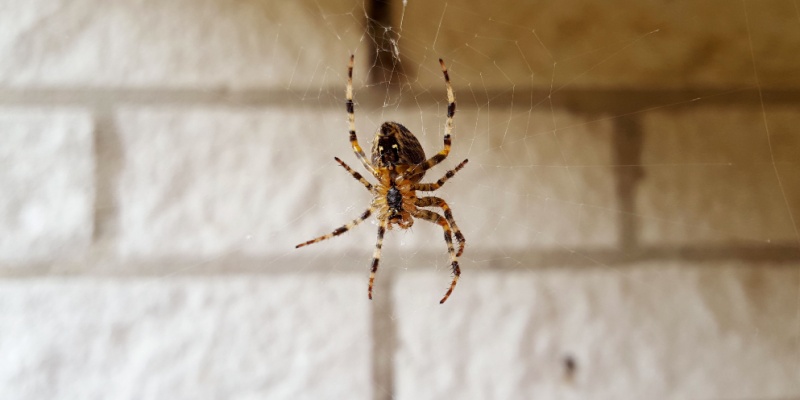While spiders are a common part of the ecosystem, even in urban areas like Chandler, AZ, there are times when their presence might indicate a problem that requires attention. Most spiders are harmless and can actually benefit your home by reducing the population of pests like mosquitoes and flies. However, an excessive number of spiders or the presence of potentially dangerous species can be cause for concern. Here’s how you can determine if you have a spider problem and what steps you can take to address it:
Increased Sightings of Spiders
The most obvious sign of a spider problem is encountering spiders more frequently, especially during times or in areas of your home where they were previously scarce. While seeing a few spiders is normal, noticing them daily or finding several in a short period of time might indicate an issue.
Finding Spider Webs
While some spider species don’t rely heavily on webs for hunting, many do. Finding an increased number of spider webs in corners of rooms, in windows, or outside around your home’s eaves and lighting fixtures could suggest a growing spider population.
Spotting Egg Sacs
Egg sacs, which can contain hundreds of spider eggs, are a clear indicator of a potential spider problem. These sacs are often attached to webs or hidden in secluded areas. If you start finding these sacs, you might soon have a lot more spiders on your hands.
Observing Other Pest Problems
Spiders come into your home in search of food. If you’re experiencing an increase in other pests, such as flies, mosquitoes, or ants, spiders may follow. Addressing the underlying pest problem can often reduce the number of spiders in your home.
Noticing Harmful Spider Species
While most spiders are harmless, certain species pose health risks. In Chandler, AZ, the black widow and certain recluse spiders can be of concern. Identifying these spiders or their distinctive webs in or around your home is a strong indicator that you need to take immediate action.
How to Address a Spider Problem
- Reduce Clutter: Minimize clutter in basements, attics, garages, and closets to eliminate hiding spots for spiders.
- Seal Entry Points: Check for and seal cracks and gaps in the foundation, windows, and doors to prevent spiders from entering.
- Remove Webs and Egg Sacs: Regularly clear away webs and egg sacs to discourage spiders from settling in.
- Control Other Pests: By reducing the food source, you can make your home less attractive to spiders. Addressing issues with flies, ants, and other insects can decrease spider populations.
- Use Appropriate Lighting: Outside, use yellow or sodium vapor light bulbs, which are less attractive to the insects that spiders feed on, potentially reducing your spider problem.
- Consult a Professional: If you believe you have a dangerous spider species in your home or the infestation is large, it’s wise to consult a professional pest control service. They can safely identify and remove harmful spiders and provide strategies to prevent future infestations.
Understanding the signs of a spider problem and taking proactive measures can help maintain a healthy balance, where spiders are present in your environment but not in overwhelming numbers. Regular maintenance and pest control practices can ensure that spiders remain allies in controlling pests, rather than pests themselves. If you need help dealing with the spiders around your home, reach out to the pros at Victory Pest Defense.
